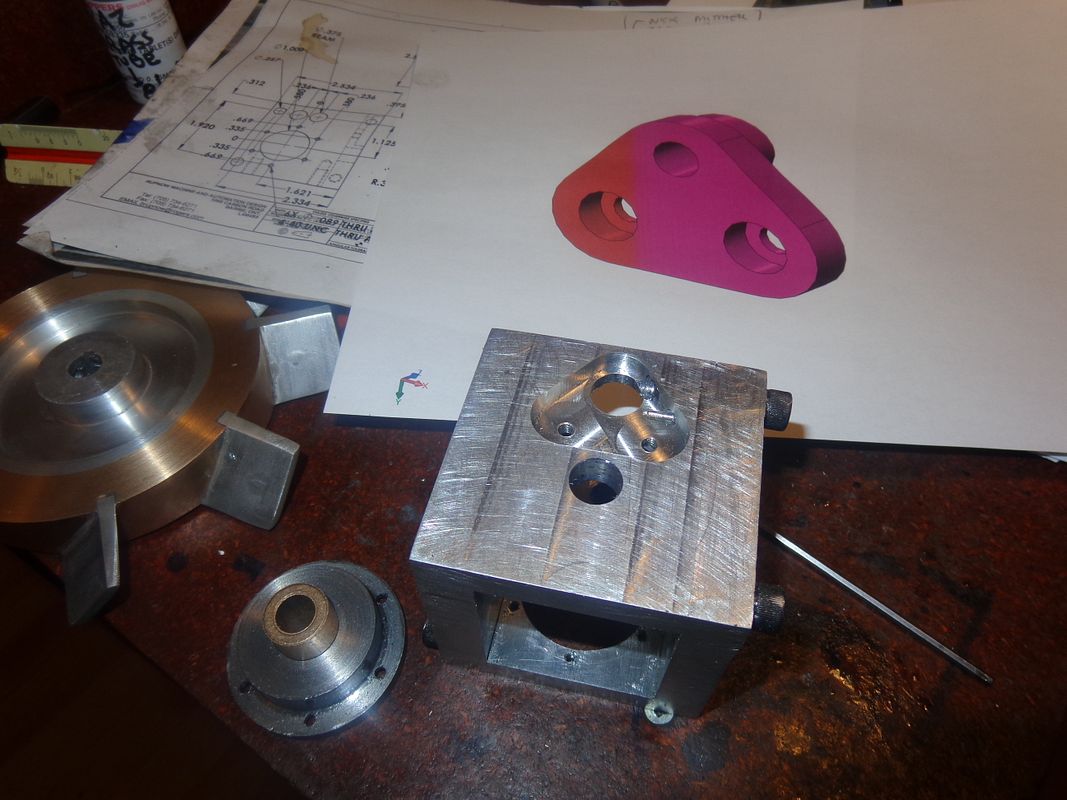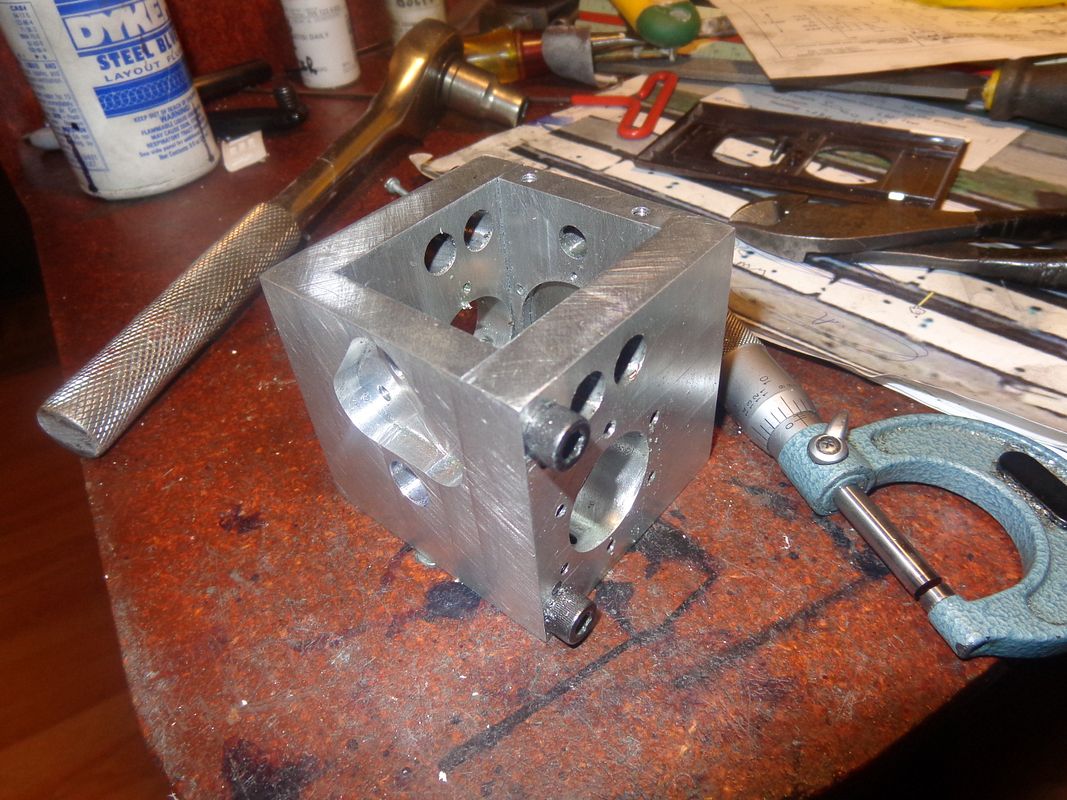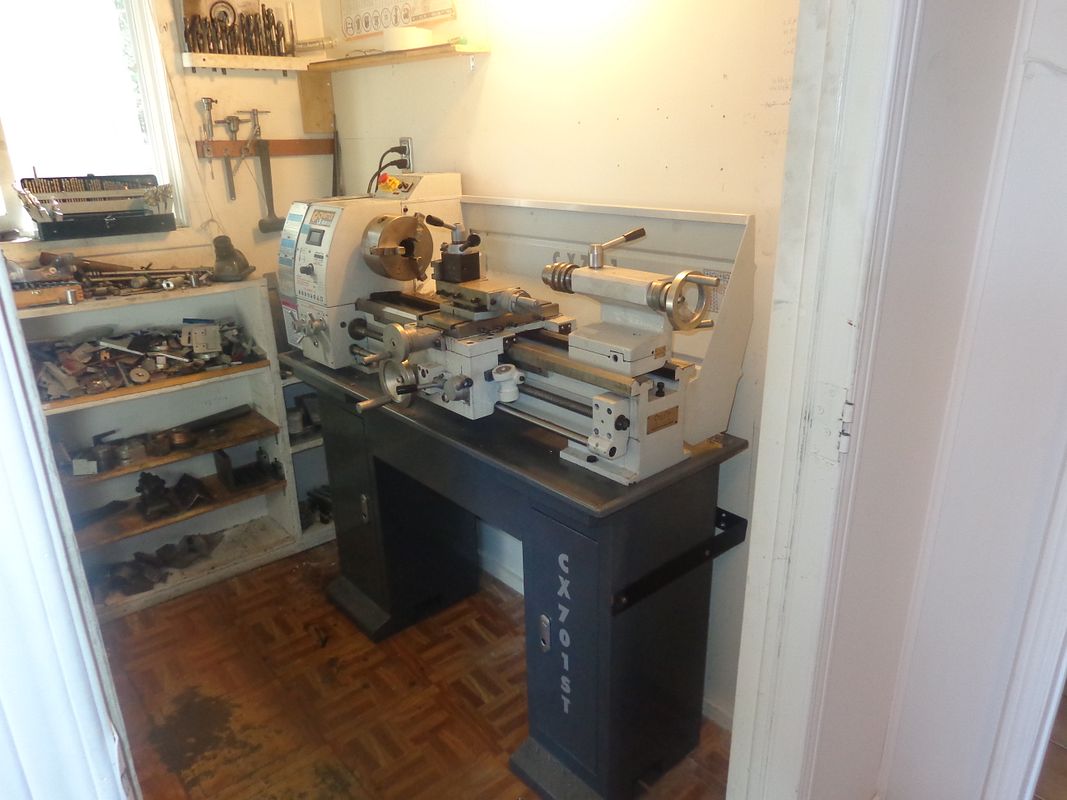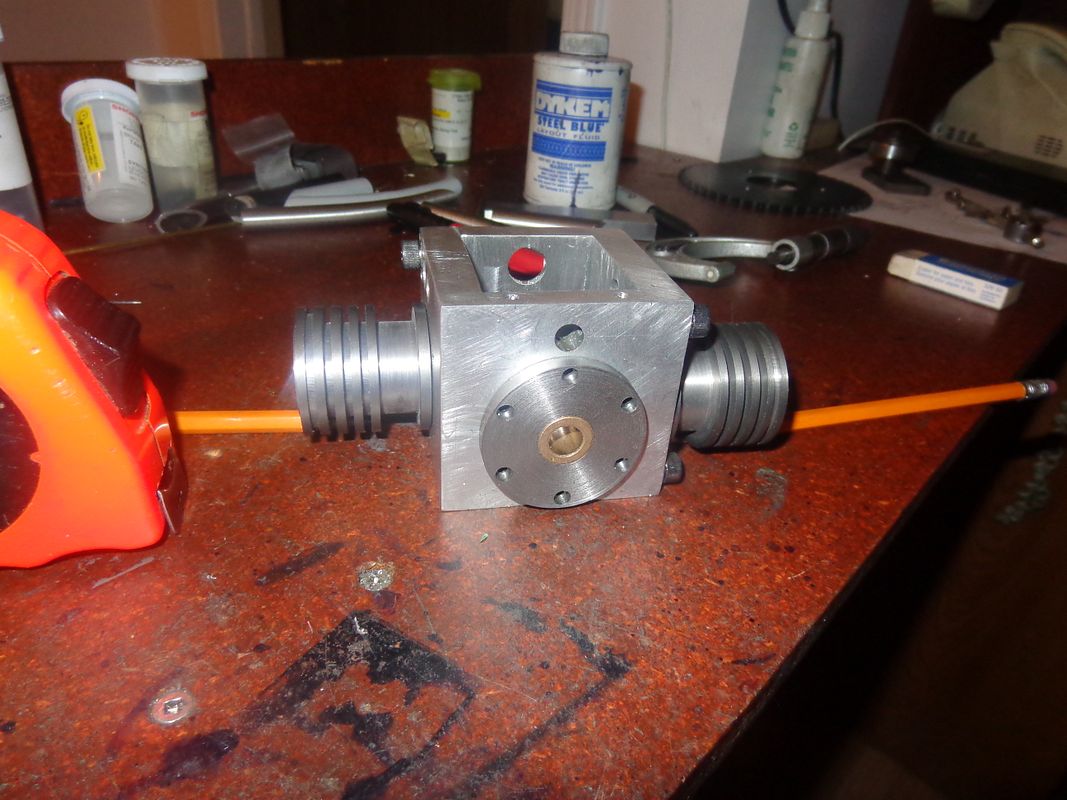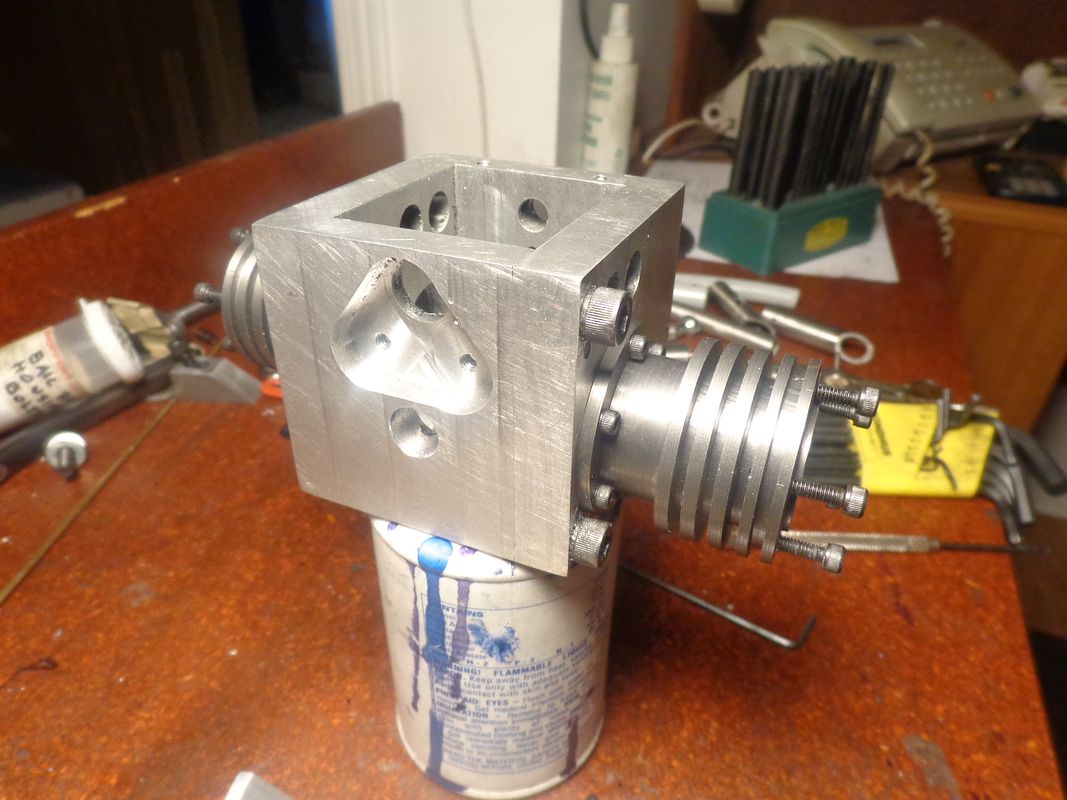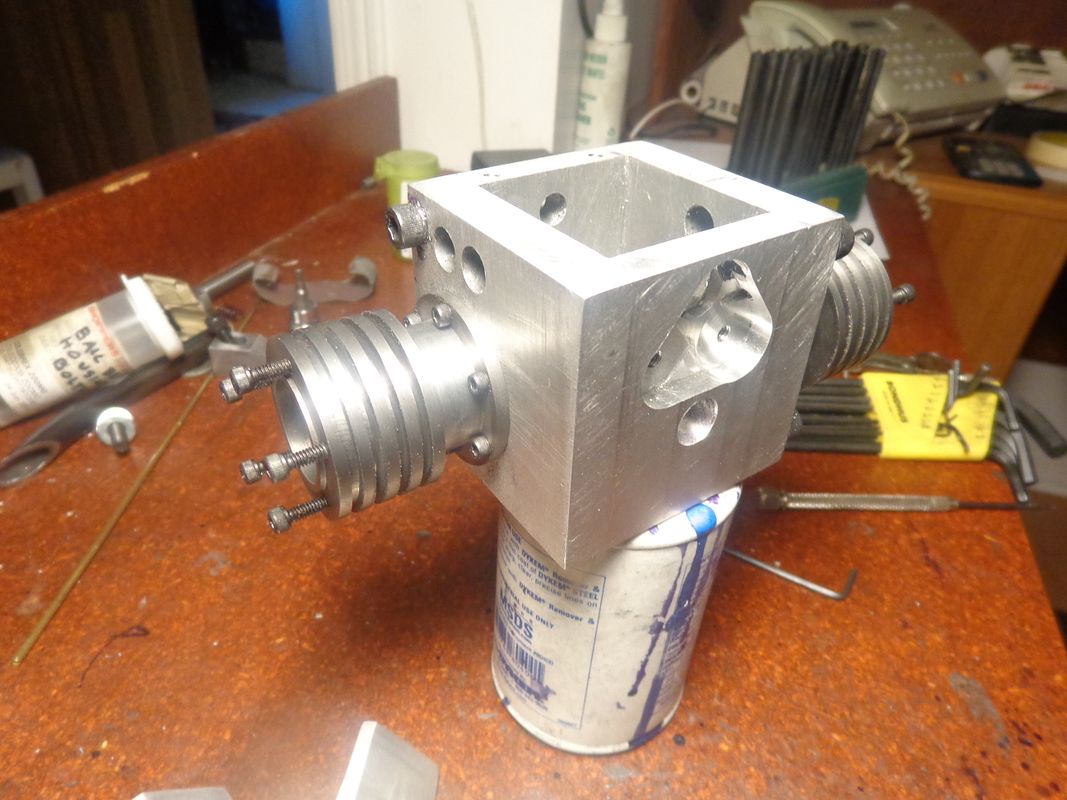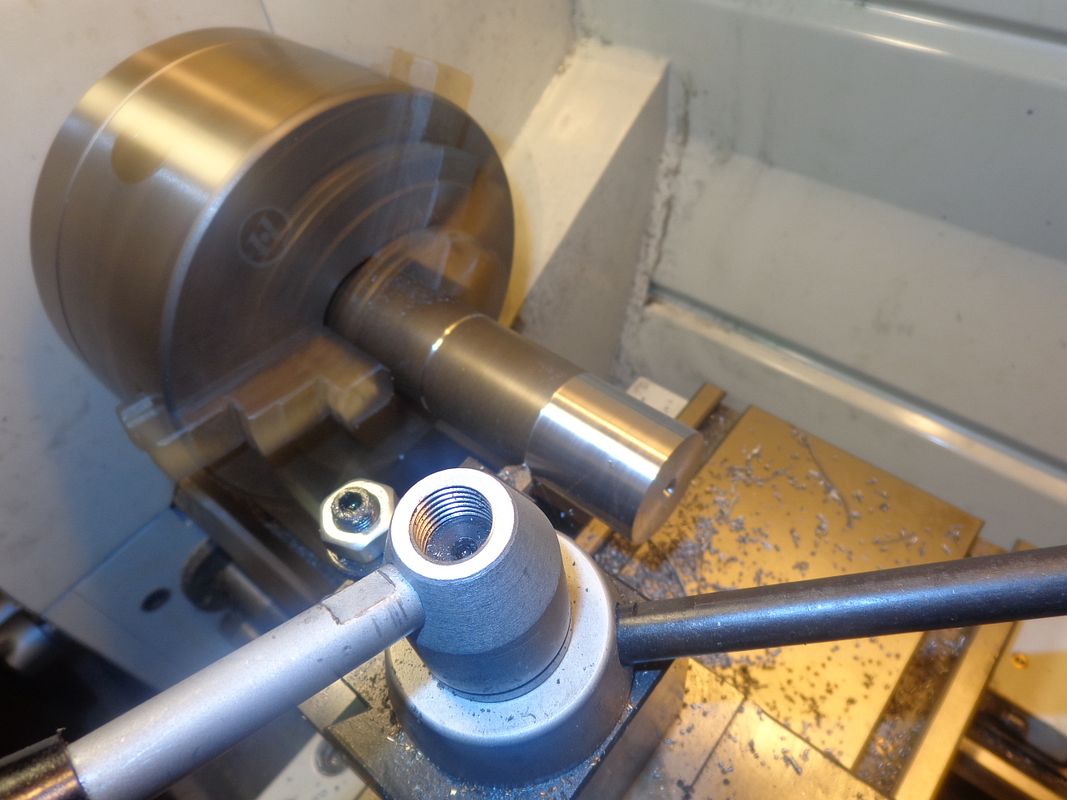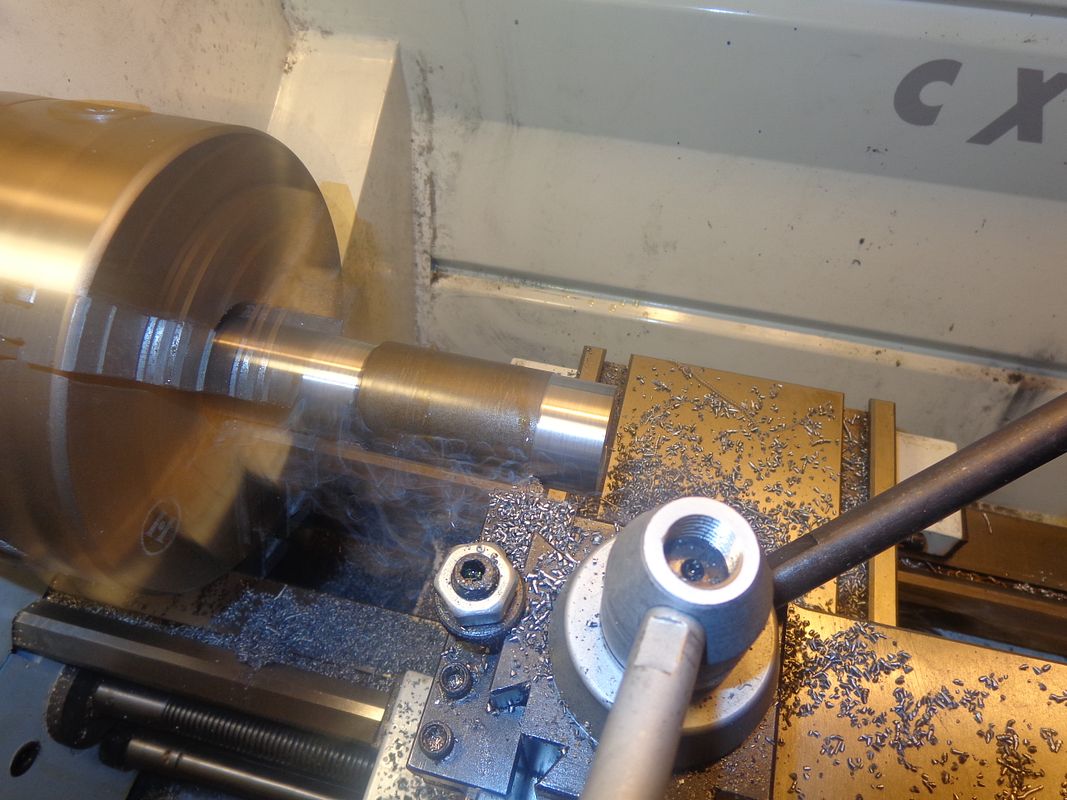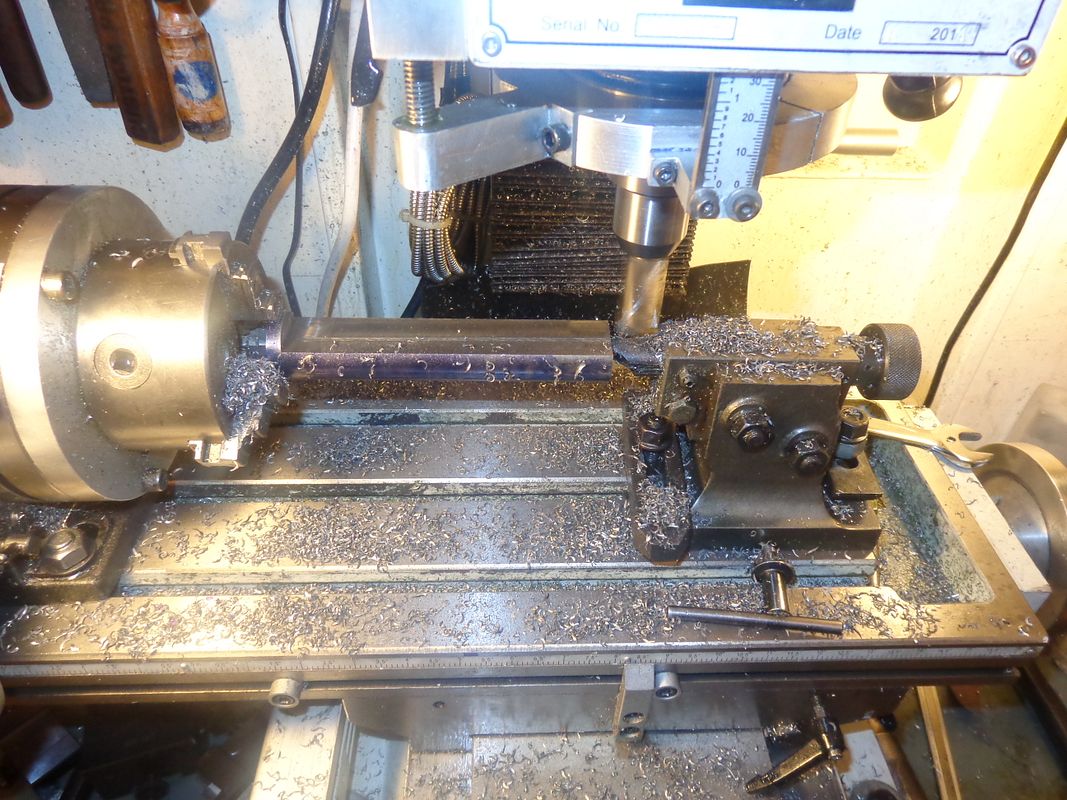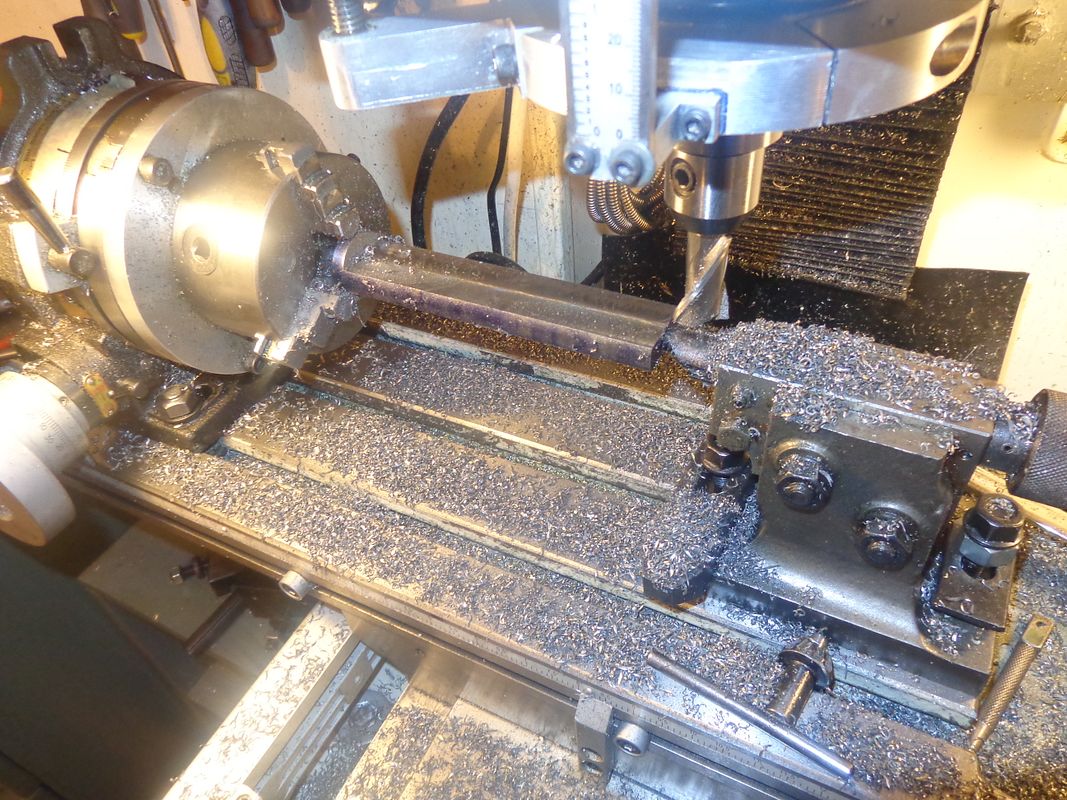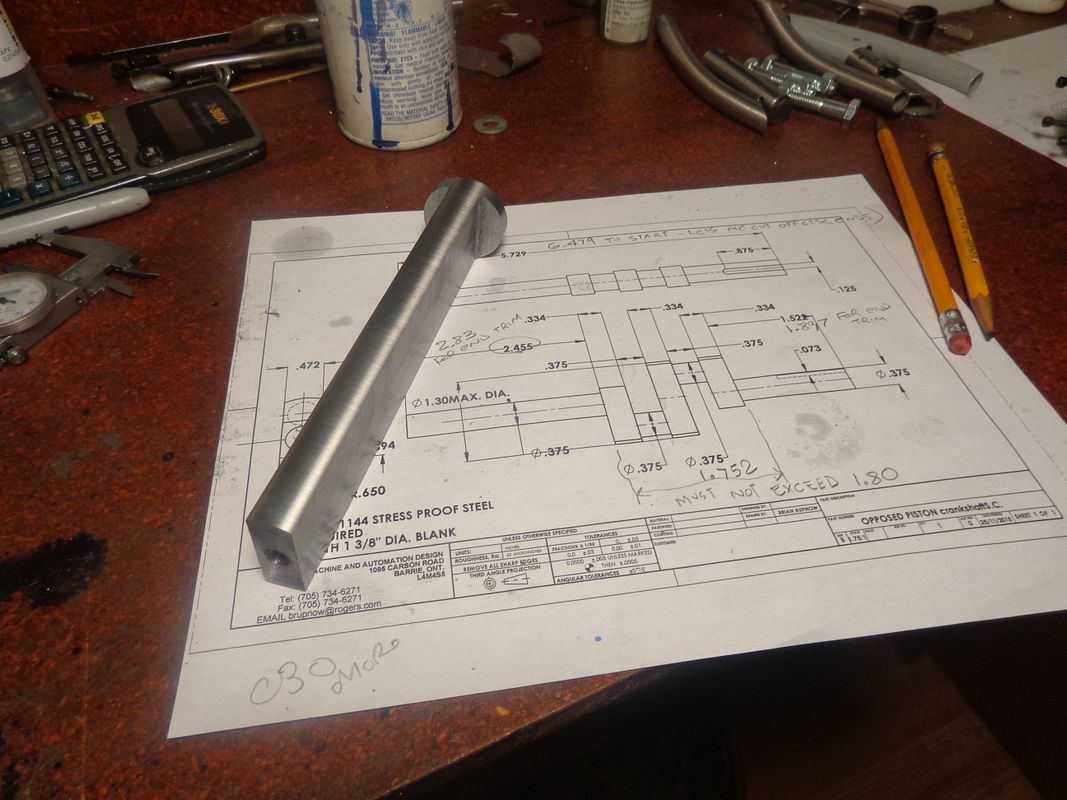ICEpeter
Well-Known Member
Brian,
I may look at it wrong but it appears to me as if there is a slight misalignment of the angle piece at the upper corner facing towards the viewer when looking at the picture?
Peter J.
I may look at it wrong but it appears to me as if there is a slight misalignment of the angle piece at the upper corner facing towards the viewer when looking at the picture?
Peter J.






